Our No-Nonsense, Cut-the-Crap Guide to MLB's Labor War
To the casual fan, Major League Baseball must seem this week to be in good shape. Teams have committed some $1.4 billion in free agency, spent another $338 million on extensions and executed five trades since Thanksgiving, making this the most active November in recent memory. But it all comes against the backdrop of a labor dispute that will almost certainly lead to the game’s first work stoppage in 26 years.
The collective-bargaining agreement between the league and the players association expires at 11:59 p.m. Eastern time on Wednesday. If the sides do not have a deal by then—and almost no one in the sport expects them to—the owners will likely lock out the players, pausing all major league transactions. So teams and players are not moving quickly in celebration of a hot stove. They are acting from fear of a freezing one.
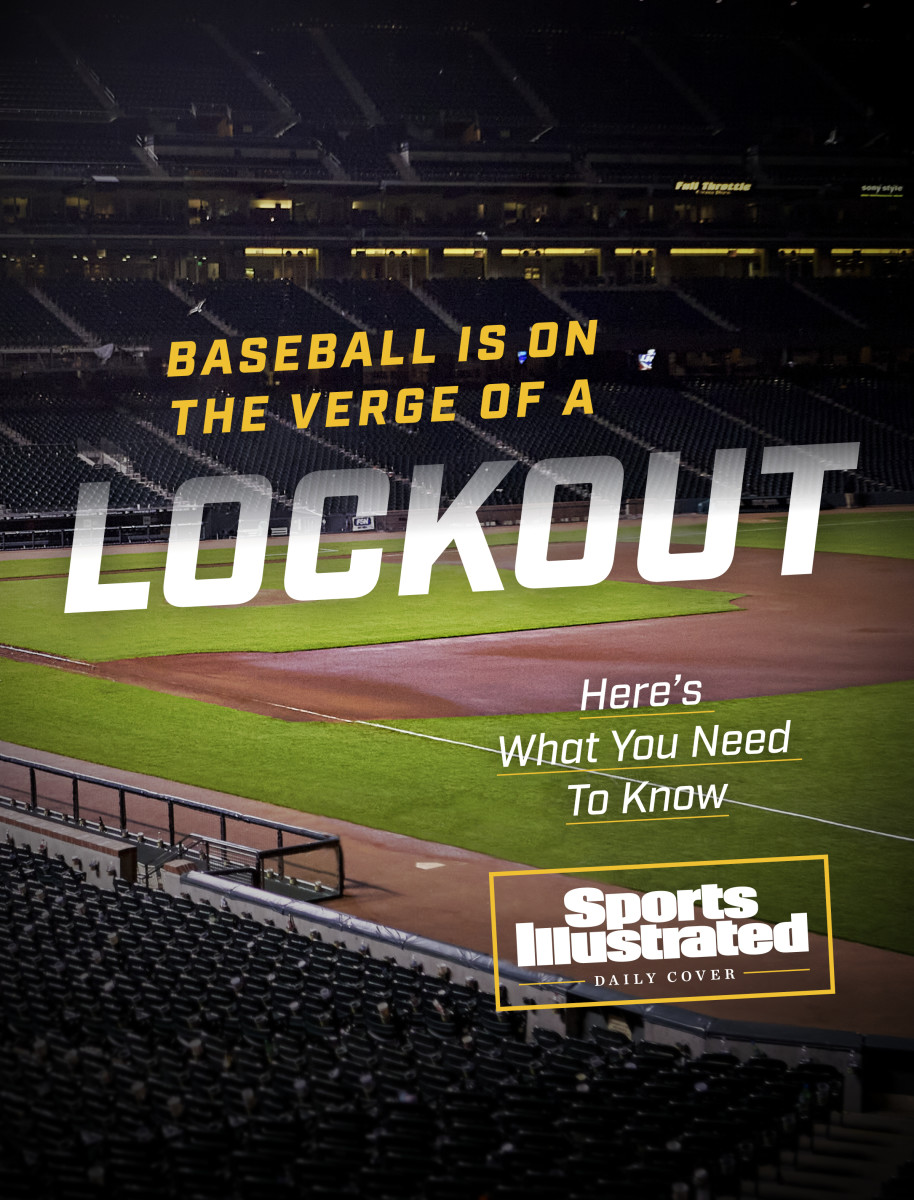
As usual, the sport is struggling to get out of its own way. On the field, the players are more impressive than ever. They dot breaking balls at 100 mph and slug homers out of ballparks. (One, Shohei Ohtani, does both.) Meanwhile, though, this year’s World Series and All-Star Game were the second-lowest-rated in history. Privately, executives and players alike call their sport “unwatchable.” The relationship between the league and the union has grown so toxic that the sides cannot even agree on easy, common-sense plans; two summers ago, with nothing else to do, they stalled in talks to restart the 2020 season and commissioner Rob Manfred finally implemented it unilaterally. This winter, as Manfred faces off against MLBPA executive director Tony Clark, the stakes are even higher. At this critical juncture, can the league and the union make a deal that satisfies their pockets and secures baseball’s future?
Let’s take a tour through the issues: We’ll break down three major conflicts, explain what’s really going on and offer potential compromises that would save the game from a painful winter of discontent.
SERVICE TIME
THE CONFLICT: When and how players should get paid.
WHAT’S REALLY GOING ON: Money, of course. The players want more of it. The owners want to keep what they have. This manifests in a question about when players should get paid. Under the current system, in theory players make the major league minimum for their first three years in the majors, then have three years of arbitration in which a third party determines their salary if they and the team can’t agree, then they become free agents. (The arbitration system offers players their first real raise, generally from about half a million dollars a year to millions, which then escalates each year; then free-agency offers the serious payday.) In practice, general managers have found ways to manipulate when they call players up from the minors so that the agreed-upon six seasons really becomes seven. Most famously, in 2015, the Cubs gained a year of control over future franchise icon Kris Bryant by waiting until a few weeks into the season to call him up; Bryant lost a grievance over the matter last year.
The current system used to work, in the aggregate, for the players, because they could count on owners’ willingness to pay for their past performance. Make less than you are worth in your 20s, make more than you are worth in your 30s. Josh Hamilton is a good example: The outfielder was an All-Star in five straight years with the Rangers, winning three Silver Sluggers and an MVP award, in his pre-arb and then arbitration-eligible days. He made an average of $5 million a year during that span while accumulating 22.5 WAR. Then, after his age-31 season, the Angels signed him to a five-year, $125 million deal. He was worth 3.1 WAR over the life of that deal.
While some GMs will still shell out megabucks for star players into their late 30s (the Rangers just signed 31-year-old Marcus Semien to a seven-year, $175 million deal and 27-year-old Corey Seager to a 10-year, $325 million pact), most others have started to realize that, especially when it comes to the rank and file, instead of paying a 30-something for middling performance, they could get the same production from a minor leaguer. This has been especially true with the proliferation of the high-spin, high-velocity pitcher. Teams can manufacture those guys, lean on them for a year or two, then churn through the next one when they burn out. So now players make less than they’re worth in their 20s and find themselves out of the game in their 30s.
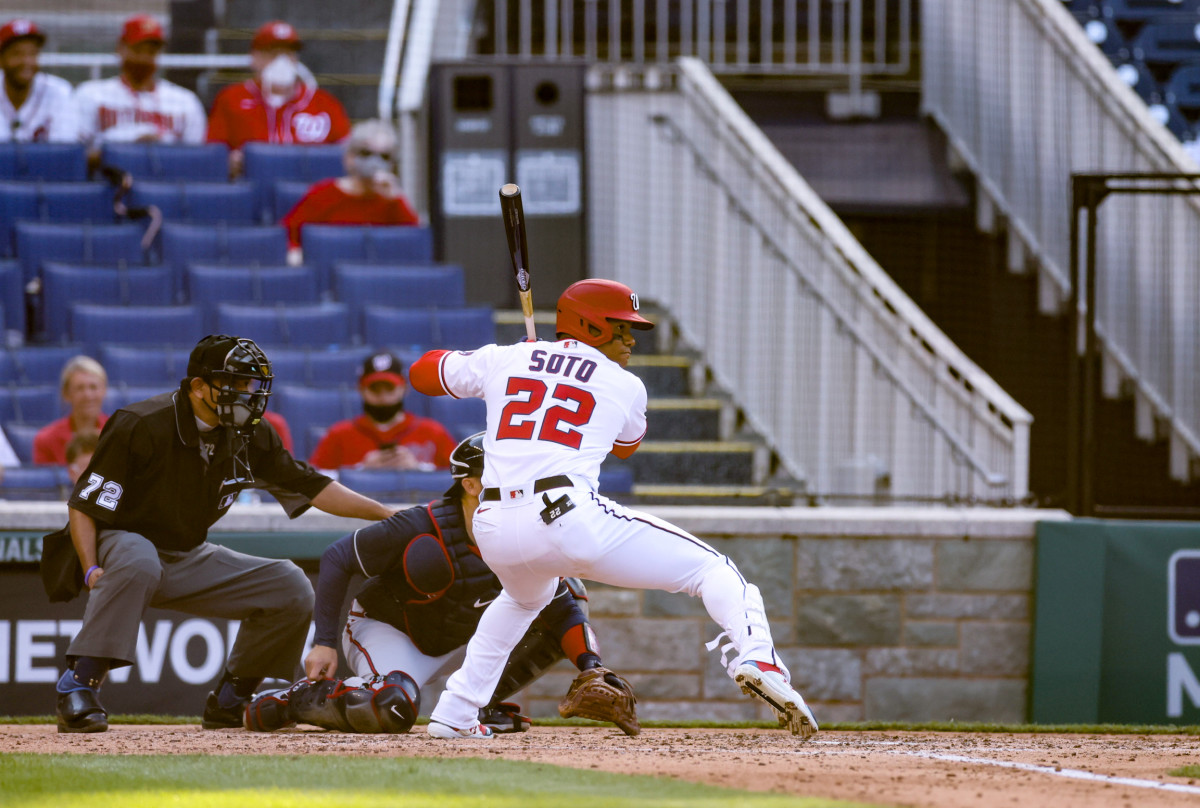
This fall, owners suggested an age-based, rather than service-time-based, system. They offered to make players free agents at 29.5 years old. This is a nonstarter for the union for a couple of reasons: First, that age is well after most players’ peaks. Second, because many Latin American players sign at 16 years old, this would lead to a system in which they would be under team control for 13 or 14 years—nearly half their lives. Meanwhile, their American-born counterparts, who generally sign at 18 or 21, would owe their teams only between eight and 11 years.
In a larger sense, though, refusing a proposal such as this one reveals the union’s priority: star players—particularly ones like Nationals right fielder Juan Soto. Soto is a 23-year-old who is in the conversation for most astonishing player of all time. The union believes in trickle-down economics, or the idea that as long as the best players get paid as much as the market will allow, the second- and third-tier players will do just fine. (This has not always been borne out, but it is what the union believes.) Soto is due to reach free agency before his age-26 season, and he could command half a billion dollars. The union would never agree to a setup that would limit his earning power.
ONE POTENTIAL COMPROMISE: Let players reach salary arbitration at two years but keep the current, six-year free-agency system intact. Soto will make his half-billion one way or another. An earlier chance at arbitration would meaningfully affect many players’ lives, especially ones like Giants right fielder Mike Yastrzemski, a late-blooming 4-WAR player who will not be eligible for free agency until his age-35 season. Yastrzemski will probably never get a blockbuster deal. An extra year of arbitration could add some $15 million to his career earnings.
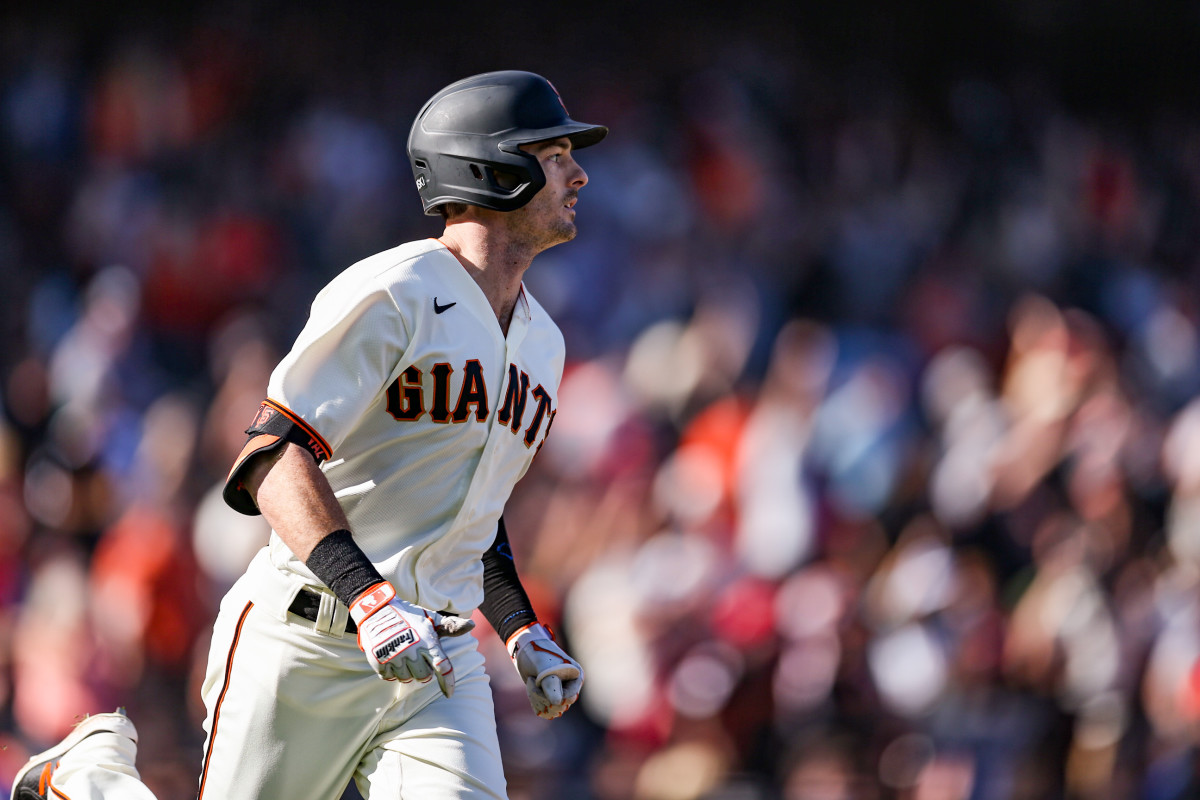
SPENDING LIMITS
THE CONFLICT: Whether the tax is really a cap.
WHAT’S REALLY GOING ON: Again, money. The union believes that the competitive-balance tax, which kicked in at $210 million this year, functions as a salary cap, and it would like to see it gone—or at least defanged. The owners say that it’s not technically a salary cap. That’s true: Teams can go over it, but they have to pay in both money and draft picks if they do, and repeat offenders have to pay more dearly. But since the CBT penalties were increased as part of the 2016 CBA, no team has blown past the threshold in three straight seasons.
Aside from player salaries, the main reason the union is concerned about spending is competition. The union—and especially the man who has, for better or for worse, become its lead spokesman, agent Scott Boras—believes that at any moment only half the teams are trying to win. Boras refers to the tanking epidemic, in which teams offload payroll and purposely lose games in order to obtain high draft picks and jumpstart cycles of inexpensive success, as a “competitive cancer” infecting the sport. The owners have proposed a salary floor of $100 million—but they’d like to pay for it by lowering the CBT threshold to $180 million. (Some of the luxury-tax money is distributed to clubs that did not exceed the threshold.) But the MLBPA is unlikely to go for lowering the ceiling for all 30 clubs—nine of which exceeded $180 million in salary last season, including the Dodgers by $55 million—in order to raise the floor for the seven whose payrolls came in below $100 million. The union does not want to limit the number of teams that might pay Soto and his peers in free agency.

The CBT affects the signing of free agents in more than one way. At the moment, teams can extend their departing free agents a one-year offer worth the mean of the top 125 players’ salaries. (This is the “qualifying offer,” and conditions apply: A player can only be extended it once in his career, and he has to have been on the team’s roster for the whole season.) If a player declines the qualifying offer and signs with another club, his original organization gets a compensatory draft pick high in the draft—and his new club loses one high in the draft. If his new club exceeded the CBT last year, it loses two picks, plus $1 million from its international bonus pool. (The international bonus pools are usually around $4 million to $6 million, so that’s a significant penalty.) If a luxury-tax team signs two such free agents, it loses four picks plus money. This setup heavily penalizes the teams most likely to be in on star free agents—again limiting Soto’s market.
All this gets us to the heart of the issue between the sides: The league is willing to redistribute the money the players make. The union would like to increase it.
ONE POTENTIAL COMPROMISE: The union is never going to claw back the CBT—indeed, it agreed to it in the first place—so it’s time to move on from that idea. And the draft-pick compensation is a reasonable way to throw a bone to a spurned team. But there’s no reason the new club should pay in money and in prospects for signing a free agent. Add a pick for the old team, and leave the new team alone.
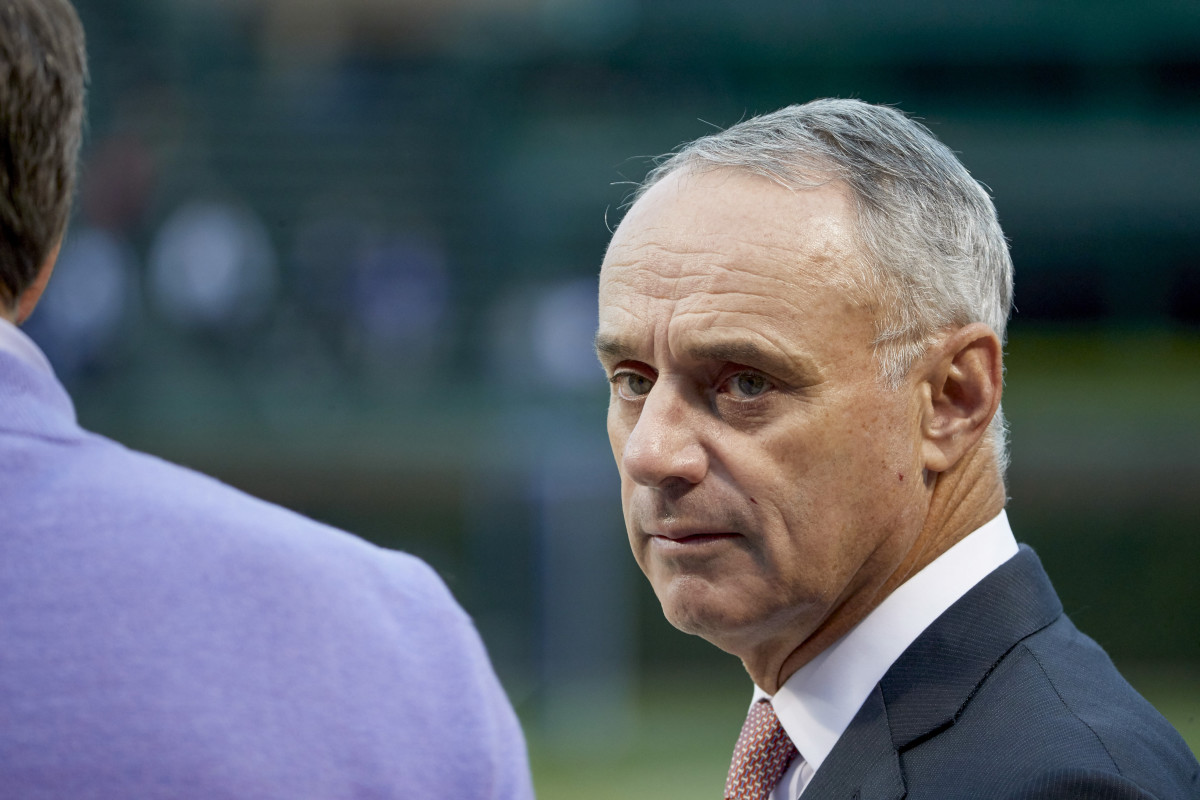
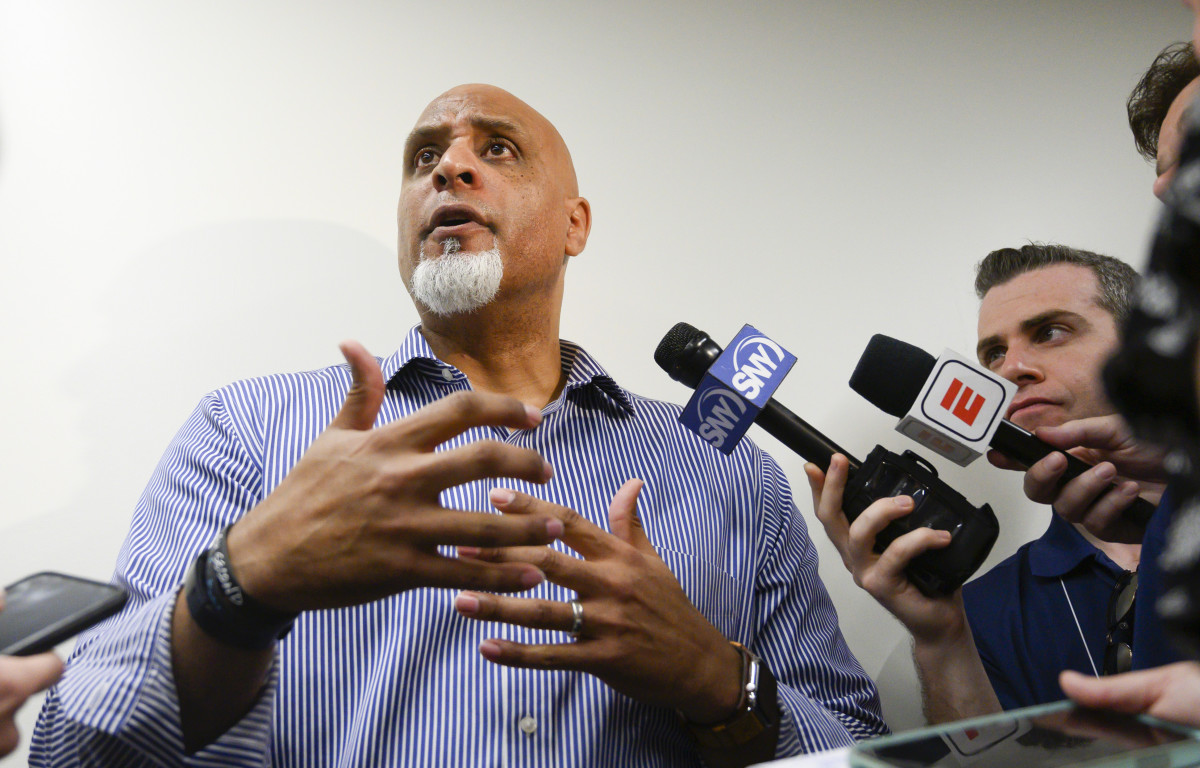
RULE CHANGES
THE CONFLICT: What baseball should look like.
WHAT’S REALLY GOING ON: The players are generally opposed to changes in the sport, but everyone has noticed how the game drags these days. And the league has smartly begun introducing new rules at the minor league levels, so that as personnel turn over, there is less pushback against things such as pitch clocks. Owners would like to be able to implement more of these types of adjustments at the major league level.
Disagreement over these reforms will probably not derail negotiations—if there’s not a dollar sign attached, it’s not a priority. Along with pitch clocks, larger bases (to encourage stealing) and limits on pitchers per roster (to reduce pitching changes) will not hold up a deal. In fact, this is all so trivial to both sides that, according to a person familiar with the negotiations, although they have discussed the topic broadly, no one has even presented a comprehensive baseball rules proposal. In the end, they may skip these issues entirely; with enough notice, Manfred is allowed to implement some rule changes unilaterally, although he has said he would prefer to collectively bargain them.
There are at least a few changes to the game, though, likely to emerge. Some fans might not like a universal designated hitter, but the owners and players both prefer it. And the league would like to expand the playoffs from 10 teams to 14. This is a terrible idea for reasons of competitive integrity—why try to win 95 games when 85 will get you into the tournament?—but it would make everyone money from broadcast rights and ticket sales, so the union is likely to give in.
ONE POTENTIAL COMPROMISE: Expanded playoffs are coming. Beyond that, we’d like to see them implement the other changes, and maybe even a few more dramatic ones: Pull the DH when the starting pitcher leaves the game, for example, and eliminate the runner-pops-off-the-bag-for-a-millisecond out that replay has brought us.
Did you catch that? The only one of these three elements that really matters to you, the fan, is the last one. And with less than a day to go, the two sides haven’t even bothered to start focusing on it. The league and union could come together and work toward ways to save the game. Instead fans are almost certainly going to endure weeks—maybe months—of a lockout, and at the end, all the owners and the players will have done is shuffled money around. If owners and players focus only on the bottom line and ignore what happens between the foul lines, the games will still take four hours. The pitchers will still try to strike everyone out and the hitters will try to hit home runs. The tankers will still tank. They’re so focused on slicing the pie, they’ve forgotten to grow it. Happy holidays.
More MLB Coverage:
• Rangers' Historic Spending Spree Probably Won't Pay Immediate Dividends
• Marcus Semien's Windfall Resets Expectations Across the Board
• MLB Free Agency Is Booming Ahead of the Looming Lockout
• The Sure Thing: Why the Rays Extended Baseball's Next Phenom
Read more of SI's Daily Cover stories here
